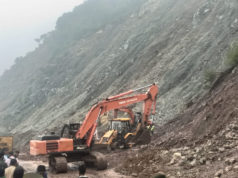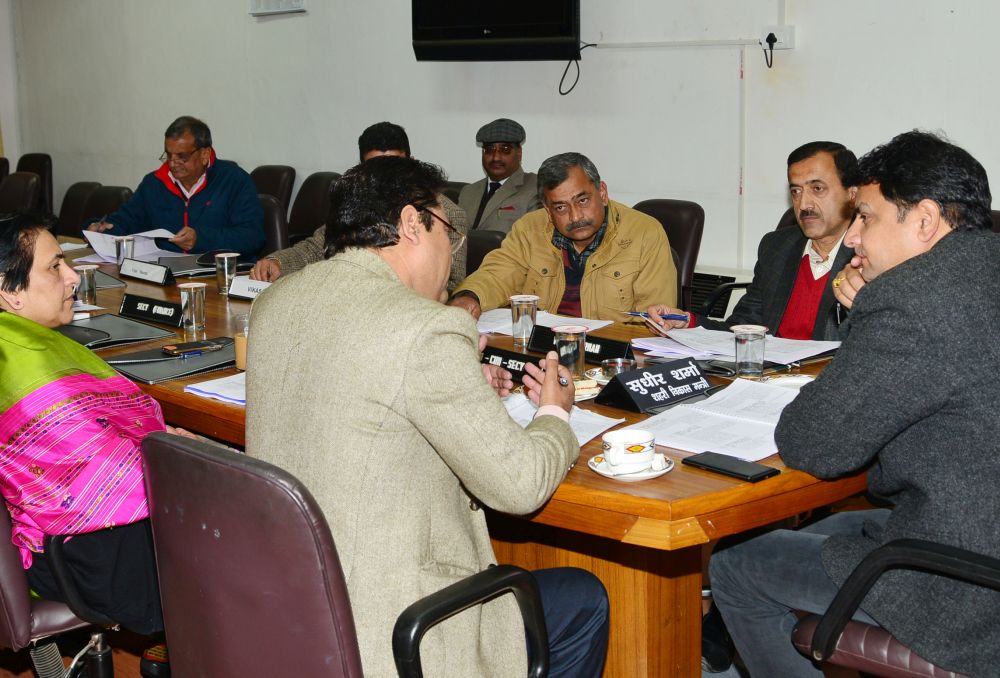Shimla | More than a year and a half after the road collapse at Chakkimod on the Kalka-Shimla National Highway-5, the National Highways Authority of India (NHAI) has finalized a new design for restoration—this time opting for the RS wall ridge method. The decision comes after two previous plans—a bridge and a viaduct—were scrapped following inconclusive soil reports and site challenges.
The 400-meter stretch at Chakkimod has remained problematic ever since torrential rains on the night of August 2, 2023, triggered a major landslide. Debris from the hillside swept away the road, completely halting movement for nearly a week. Since then, only temporary arrangements using hill soil have allowed limited vehicle movement, causing inconvenience and safety concerns for commuters.
Initially, NHAI had proposed constructing a traditional bridge at the site. However, detailed soil sampling over several months revealed that the ground conditions were not suitable. A second attempt was made with a viaduct plan, but it too remained confined to paper due to technical limitations.
Now, drawing from the success of similar work done near the Shamlech Tunnel, NHAI has approved a new drawing that uses the RS wall (Reinforced Soil Wall) technique. Under this method, a mesh structure will be built along the hillside, which will be filled with layers of soil and reinforced with geo belts. This setup will then be levelled and paved to recreate the road.
“The RS wall method has proven effective in stabilising roads in hilly terrain. It has already been used successfully in nearby areas, and based on extended soil testing at Chakkimod, it has been selected as the best option,” an official from NHAI said.
Though the four-laning work from Parwanoo to Solan is complete, monsoon damage at several points, including Chakkimod, have pushed repair timelines further. While the repair work has begun at two other damaged locations, no physical construction has started yet at Chakkimod.
Experts from IIT, NHAI, and other agencies have visited the site multiple times over the past year. Their assessments contributed to the final decision. With the new drawing handed over, the construction company has resumed final testing before actual work begins.
Locals, however, remain frustrated with the slow progress. “We’ve been waiting since 2023 for a permanent solution. The temporary road is unsafe and gets worse during rain,” said a daily commuter.
Now that NHAI has settled on a long-term solution, the focus is on ensuring that work begins without further delays—offering some long-overdue relief to travellers on this key national highway.






